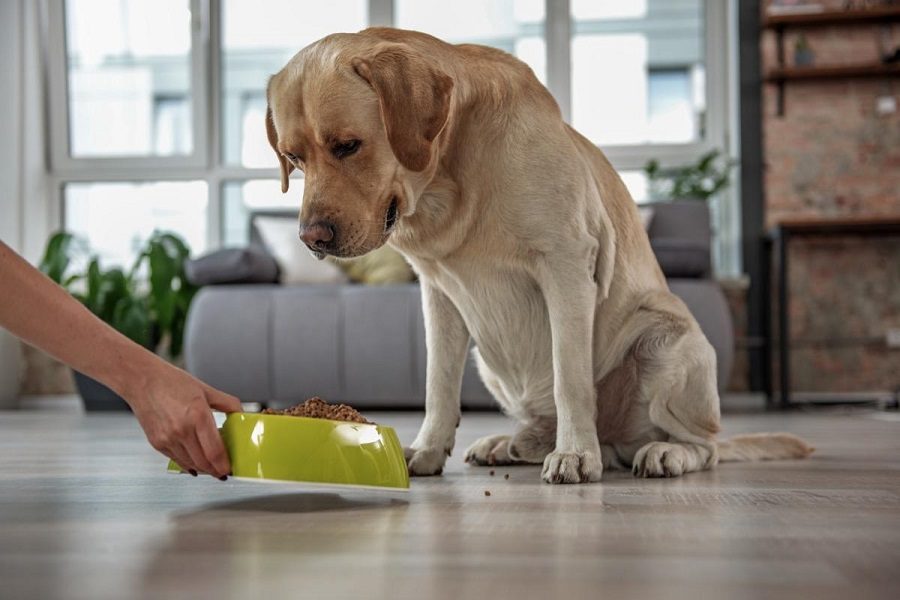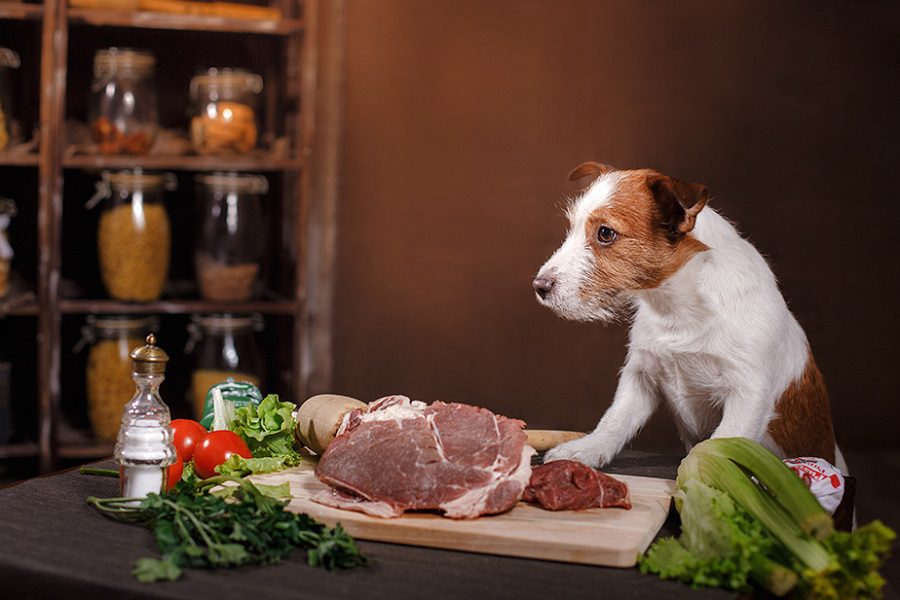Last Updated: 5 months ago
Taking care of a dog is a huge responsibility, but, all the same, it’s life-enriching and full of love.
Still, it’s essential to take this ordeal seriously and be aware that you’re giving your best care to your dog. One of the ways to do this is to make sure that they’re eating well, and there are many ways to go about it.
You can check relevant books, magazines, and websites to find out how to feed your dog healthy meals and treats. Or, you may continue reading this article for great insights.
Which Is Better For Your Dog?

Two of the common types of dog food are dry and wet food, and there’s often a debate on which is superior.
Some vets say that wet food is better because the carbohydrate content is lower than in dry food. But other vets say that both dry and wet food have all the nutrients needed by dogs.
In the end, it’s important to have your pup checked regularly to make sure that their unique dietary needs can be identified and met. And, after the vet advises you on your dog’s nutritional needs, you can now determine the best food type to give them.
Advantages And Disadvantages Of Dry Dog Food

Dry dog food, more commonly known as kibble, is a type of dog food you can get at an affordable price. And you’re most likely well aware that caring for a dog can get rather pricey, so it’s a huge responsibility. So, setting a reasonable budget for choosing their meals is essential.
However, just because you’re setting a budget doesn’t mean you’re settling for inferior nutritional content for your dog. Although affordable, dry food can be packed with protein, grains, cereals, antioxidants, minerals, and vitamins.
Aside from the nutritional content, here’s a list of the pros and cons of dry dog food:
Pros
- Affordable
- Balanced and meets the dietary needs of dogs
- Great for reducing dental plaque
- Helps with gum health
- lowers the risk of bacteria
- Easy to store
- Doesn’t quickly spoil
Cons
- Contains preservatives
- Some might contain low-quality ingredients.
- Some might have too much sugar.
Tips for Using Dry Food

When choosing dry dog food, it’s essential to always read the label carefully. This will help you identify the levels of nutrition for each serving.
Moreover, go for ones that have protein listed as the first ingredient. And, for carbohydrates, look for grain in dry food, especially if your dog’s digestive system doesn’t agree with corn, soybeans, and wheat.
Make sure that your dog always has drinking water available for them at all times. This will help them stay hydrated, especially when chowing down on dry food.
Advantages And Disadvantages Of Wet Dog Food

Wet food is another type you can choose for your dog, and it commonly comes in cans. Just like dry food, it comes in different varieties and flavors. But, unlike dry food, wet food is more expensive.
One significant aspect of wet food is its moisture content, which can be somewhere between 75% and 78%. This is fantastic for dogs who might have lost teeth or are too weak to munch on kibble.
Here are some of the advantages and disadvantages of dog food to help you weigh your choices more thoroughly.
Pros
- Tastier for dogs
- Helps dogs stay hydrated
- Easier to chew
- Contains more meat protein
- Allows dogs to feel fuller for longer periods of time
Cons
- More expensive
- Requires more care to avoid overfeeding.
- Can contribute to plaque buildup and dental problems
- Wet food can quickly spoil.
Tips For Using Wet Food

There are certain things you can do when feeding your dog wet food. After opening a can of wet food, be sure to refrigerate the remaining food to keep it from spoiling. Feed the rest of the dog food within two to three days; if it’s left unconsumed, throw it out.
Similar to dry food, read the label to be sure about how much wet food to give your dog, depending on their body weight. Moreover, even if the wet food contains more water, it’s still essential to have clean water readily available for your dog.
Conclusion
Wet food and dry food both contain the needed nutrition for dogs, and each one has its own advantages and disadvantages. But the best aspect to pay attention to when deciding on your beloved pet’s diet is what they ultimately need.
You might have to feed your dog dry and wet food if this is best for them. But if your dog’s situation calls for wet food only, then wet food is the better choice.
Going to the vet, getting your dog checked, and keeping the tips discussed above in mind will help you feed your dog the healthiest meals.



